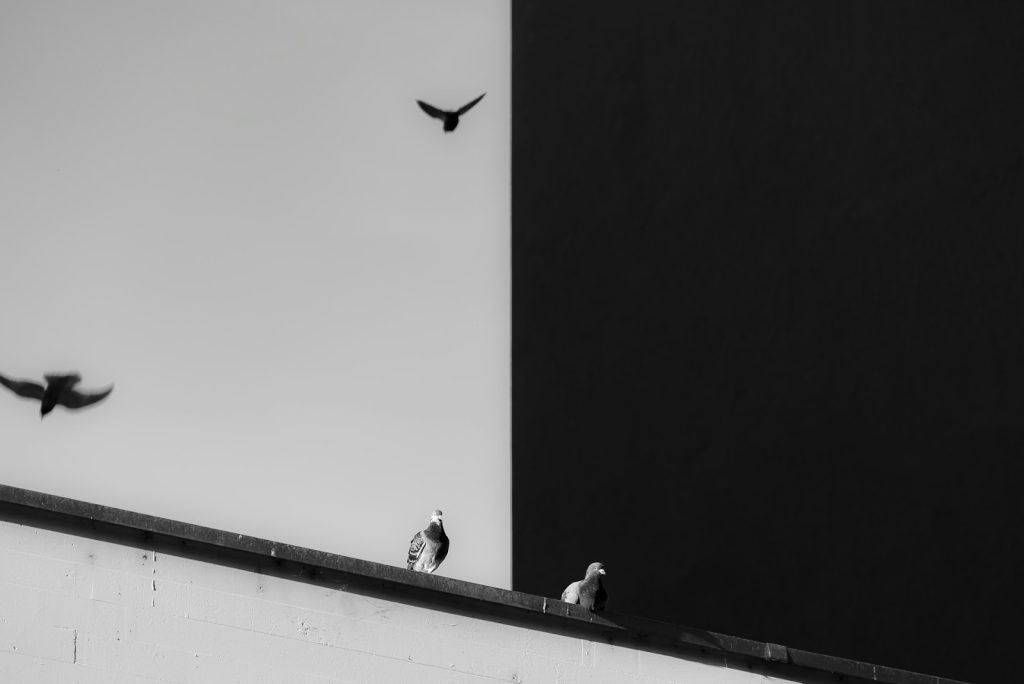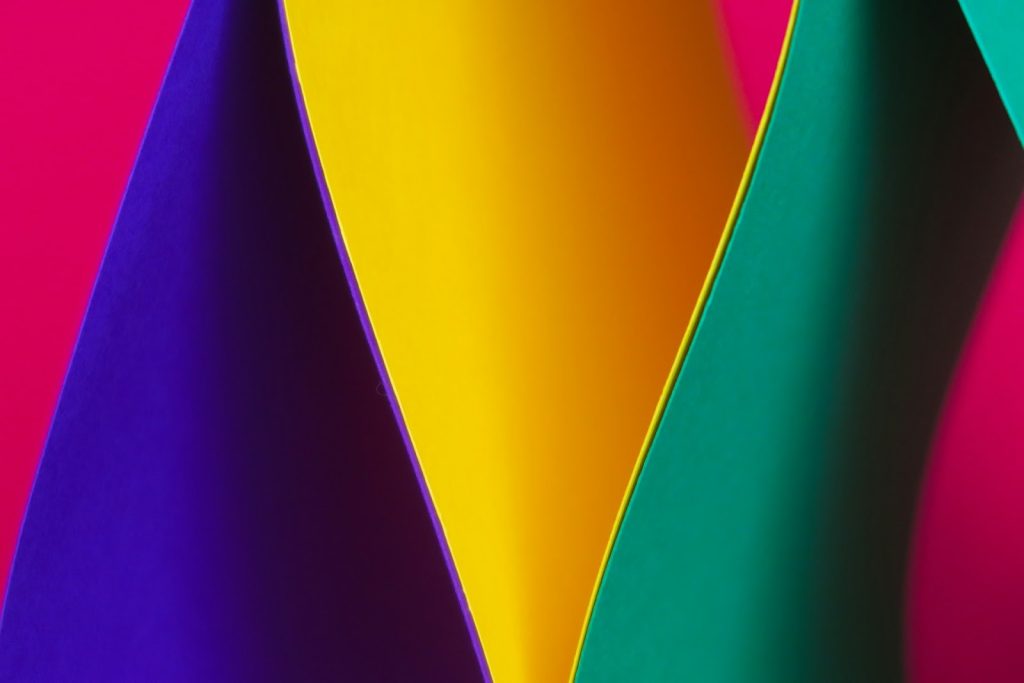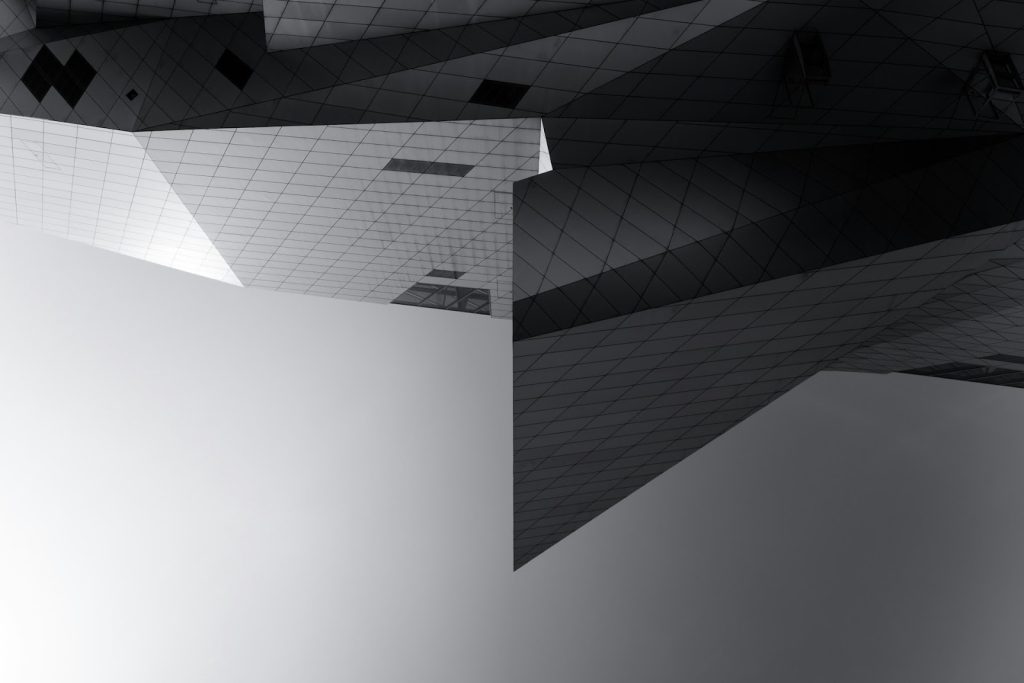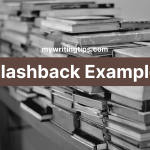Juxtaposition definition, a term often heard in art studies, holds a magical key to unlocking deeper meanings and perspectives in various forms of art.
But what exactly is juxtaposition, and how is it employed across different artistic mediums to enhance the viewer’s experience? Let’s dive into the creative world to understand the juxtaposition definition as well as its significance and application in art, literature, and cinema.
Table of Contents
Juxtaposition Definition in Visual Arts
In visual arts, juxtaposition involves placing two or more elements side by side for comparison or contrast. This can be seen in paintings, sculptures, and photography.
Imagine a photograph showing a bustling city street right next to a serene park. The stark difference between the chaos of urban life and the tranquility of nature speaks volumes without using a single word.

Artists like Vincent van Gogh and Pablo Picasso often used juxtaposition in their works to convey complex emotions and ideas.
For example, in “The Starry Night,” the turbulent, almost violent swirls in the sky starkly contrast with the peaceful, sleeping village below. This contrast might be interpreted as a reflection of van Gogh’s internal turmoil against the backdrop of a seemingly indifferent world.
It’s not just about creating contrast; it’s about telling a story through that contrast.
Literary Juxtaposition
In literature, juxtaposition serves a similar purpose but is woven with words. It can occur between characters, settings, themes, or even narrative tones. Charles Dicken’s “A Tale of Two Cities” begins with a famous example: “It was the best of times, it was the worst of times…”
This juxtaposition of opposing conditions sets the tone for a story filled with contrasts. In poetry, juxtaposition can create vivid imagery or elicit profound responses by placing disparate concepts next to each other. For instance, love and loss often sit side by side in poetry, each amplifying the emotional weight of the other.
Learn more: Lyric Writing Tips
Juxtaposition in Films
Filmmakers use juxtaposition to create visual metaphors, build tension, or provide insight into their characters. Consider a scene where a character’s inner turmoil is contrasted with a calm, peaceful setting.

This not only highlights the character’s emotional state but also adds layers to the storytelling. Directors like Alfred Hitchcock and Christopher Nolan are masters of this technique, often using it to add depth to their narratives or to lead the audience toward a revelation.
The Power of Juxtaposition in Creative Arts
Juxtaposition can convey complex ideas and emotions in a subtle yet powerful manner. It challenges viewers and readers to look beyond the obvious, to find the hidden connections and meanings.
In a world where we are constantly bombarded with straightforward, explicit messages, the nuanced art of juxtaposition invites us to pause and reflect.
Here are a few ways that juxtaposition adds depth and complexity to artistic and literary works.
Enhances Storytelling and Emotion
By placing contrasting elements side by side, artists and writers can intensify the emotional impact of their work. This contrast can highlight the themes and emotions they wish to convey, making the experience more profound and engaging for the audience.
Creates Deeper Meaning
Juxtaposition often encourages viewers or readers to think more deeply about the elements being contrasted. It’s not just about noticing the differences, but also about exploring the reasons behind these differences and what they signify. This can lead to a richer understanding of the artwork or text.

Provokes Thought and Discussion
The use of juxtaposition can provoke thought and stimulate discussion among audiences. When presented with contrasting elements, people are often inspired to interpret and discuss the possible meanings and implications, making the work more interactive and thought-provoking.
Highlights Subtleties
In some cases, juxtaposition is used to bring attention to subtleties that might otherwise go unnoticed. By placing two elements side by side, the finer details of each can become more apparent, allowing for a more nuanced appreciation.
Challenges Perceptions
Particularly in modern and contemporary art, juxtaposition can serve to challenge conventional perceptions and norms. By presenting unexpected contrasts, artists can encourage viewers to question their assumptions and see the world from a different perspective.
Reflects the Complexity of Life
Life is full of contradictions and contrasting experiences. Juxtaposition in art and literature mirrors this complexity, capturing the multifaceted nature of human experience. It acknowledges that joy and sorrow, beauty and decay, love and loss coexist and are intertwined.
How to Empower Your Writing with Juxtaposition?
Juxtaposition is only effective when used in the right dosages. Too little, then it’s too weak to leave an impact. Too much, then it drives the audience off the main narratives.
Here’s how to use the art of placing contrasting elements effectively:
- Create Strong Contrasts in Characters: Develop characters with contrasting personalities, backgrounds, or beliefs. For example, pair a cynical character with an optimistic one. This not only highlights their traits but also brings out their complexities when they interact.
- Set Up Contrasting Settings: Place your story in settings that contrast with each other, like a bustling city and a quiet countryside. This can symbolize different aspects of your story or characters, such as internal conflict or a sense of belonging.
- Utilize Opposing Themes: Incorporate themes that are in opposition, like hope and despair, freedom and confinement, or love and hate. This can create a dynamic tension in your narrative, engaging readers as they explore these themes.
- Contrast Dialogue and Action: Use dialogue that contrasts with a character’s actions. A character might say one thing but do another, revealing deeper layers of their personality or the situation.
- Employ Irony and Paradox: Juxtapose expectations with reality to create irony. A paradoxical situation, where contrasting elements coexist, can also be a compelling use of juxtaposition.
Wrapping It Up!
Juxtaposition is a powerful tool in the arsenal of artists, writers, and filmmakers. It provides depth, elicits emotion, and enhances storytelling. By understanding and appreciating this juxtaposition definition, we open ourselves to a more profound engagement with the arts and the world around us.
The next time you encounter juxtaposition in any form of art, take a moment to consider what these contrasts are communicating, and you might just find yourself uncovering layers of meaning you hadn’t noticed before.


